
In the battle against household mice, many fall into the trap of common mistakes, hindering their efforts to catch elusive pests. From poor placement to neglecting hygiene, each misstep allows them to outsmart even the most well-intentioned trapper. Understanding pitfalls is crucial in mastering the art of mouse trapping.
Poor Placement
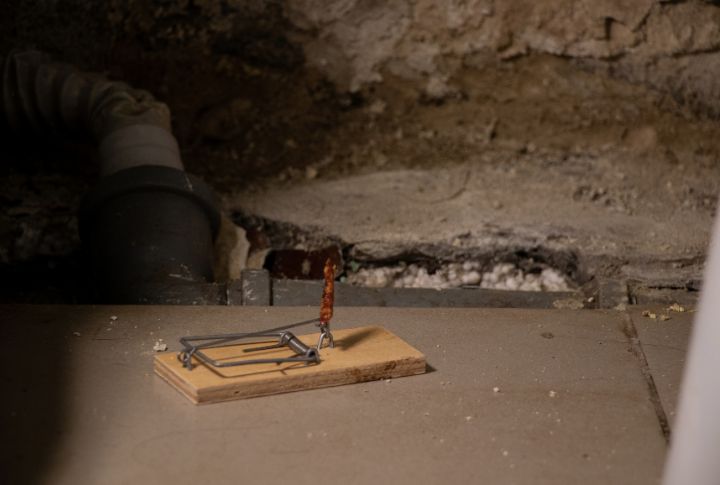
Mice are not random wanderers; they have specific routes they follow based on their instincts and the layout of your home. The cornerstone of a successful hunt hinges on understanding their behavior. These critters typically stick close to walls, skirting around the edges of rooms and along baseboards.
Insufficient Cage

Hooks frequently become the preferred tool in the fight against rats infiltrating our homes. They are resourceful and can easily bypass an ambush, continuing their mischief elsewhere in your home. To effectively address this, it’s essential to place numerous devices designed to capture them strategically.
Using Too Much Rodenticide
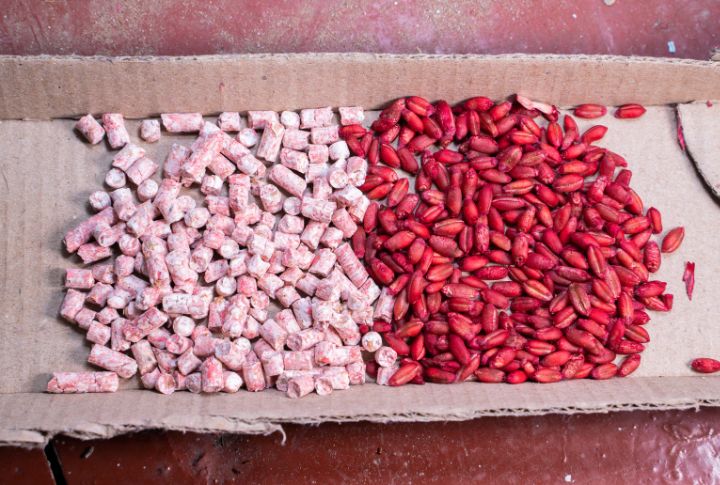
It’s tempting to believe that more equals more success. While this logic seems sound, the reality is quite different. When snares are overloaded, rats can nibble away without exerting enough pressure to set off the trick mechanism.
Not Checking Catchers Regularly
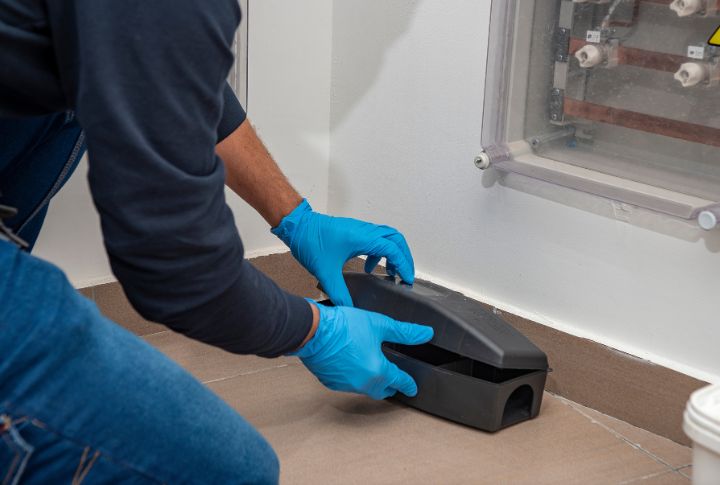
The scenario is familiar: you set out captures with the best intentions, only to let them sit unchecked for days or weeks. Meanwhile, anyone caught is left to decompose, creating unpleasant odors and potential health hazards.
Failure to Reset Clutch
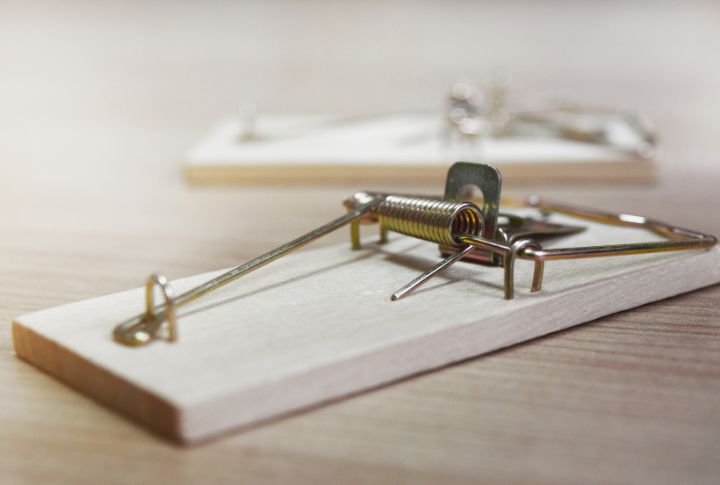
Once a set-up has ensnared its target, it loses its effectiveness until readied again. Others might enter the vicinity as you handle the captured rodent, disregarding the inactive set-up. Delaying the resetting of devices allows opportunities for captures to be missed, thus extending the struggle against invading pests.
Wrong Pest control
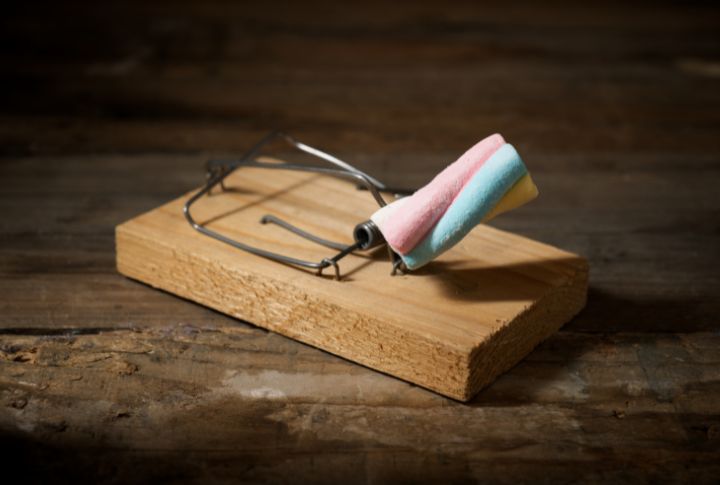
Using repellents that rodents aren’t interested in is akin to fishing with the wrong lure. These mammals are opportunistic feeders with a penchant for certain kinds of food. They are more attracted to high-protein foods like peanut butter, chocolate, nuts, or dried fruits.
Cross-Contamination

Critters are notorious carriers of various pathogens, including bacteria, viruses, and parasites, some of which can birth severe illnesses in humans. Failure to maintain cleanliness can result in cross-contamination of surfaces and objects in your home.
Ignoring Hygiene
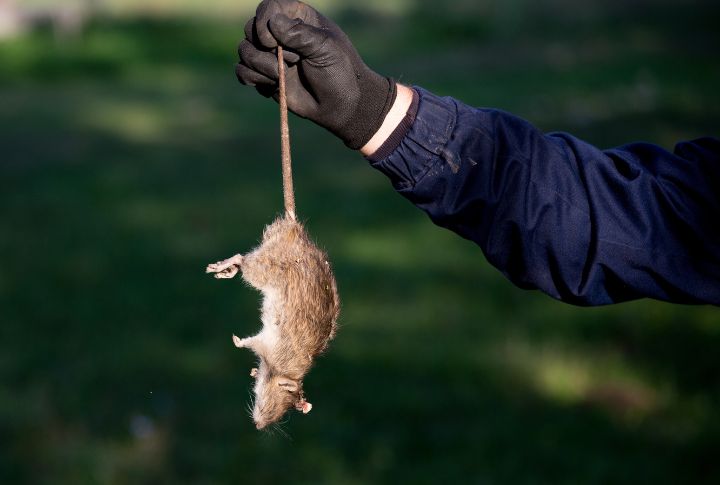
Rodents are notorious carriers of various pathogens, including bacteria, viruses, and parasites, some of which can develop severe illnesses in humans. Handling disposed rodents without proper precautions can lead to transmitting disease-causing agents.
Inconsistent Types
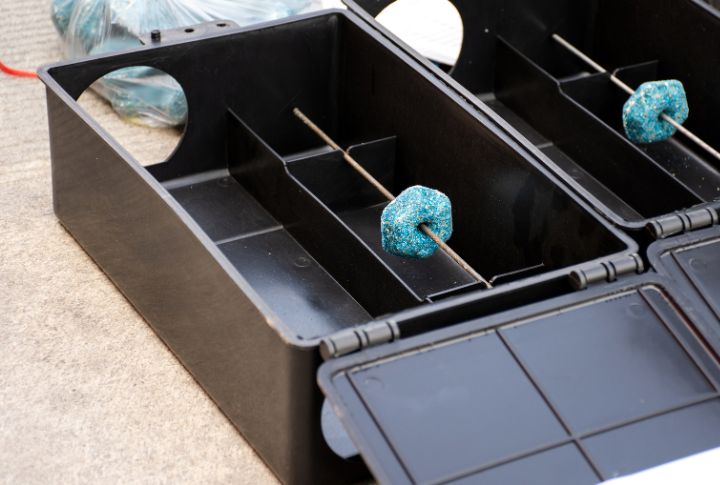
While your intentions may be noble, mammals are creatures of habit. They thrive on familiarity and are likely to be cautious in unfamiliar environments. You’re introducing uncertainty into their world by presenting them with various sorts.
Ignoring Entry Points
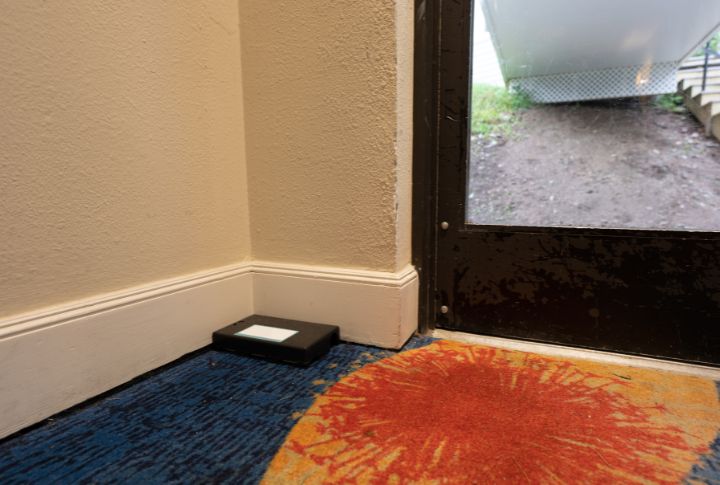
You’re treating the symptom rather than the root cause without addressing how they enter. Others attracted by the scent of their brethren or encouraged by the absence of barriers may soon follow suit, continuing the cycle of invasion.
Using Old or Damaged Holders
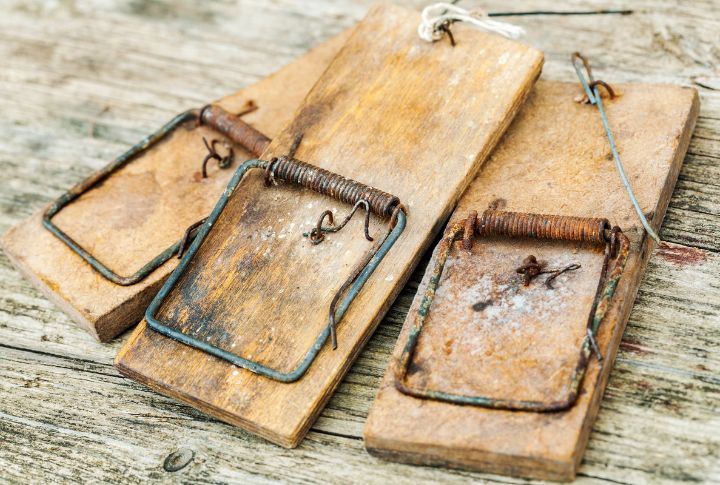
Old or damaged holders may no longer function properly, diminishing their effectiveness. Rusty springs, weakened triggers, or bent mechanisms can prevent catchers from activating.
Inappropriate Size
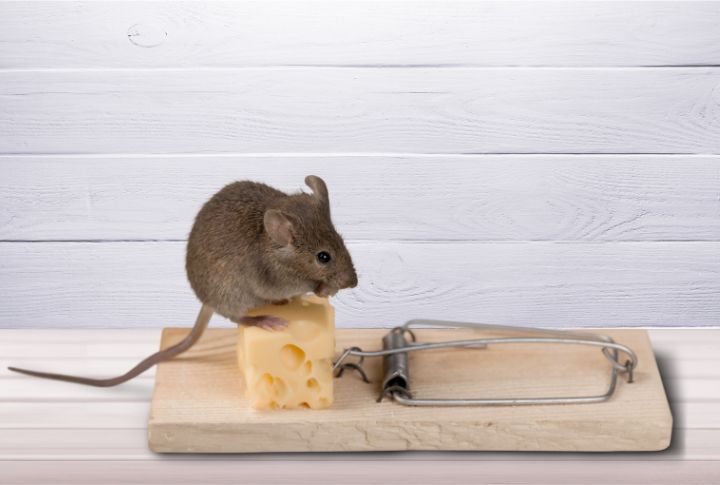
Critters are agile beings capable of squeezing through tiny openings. Using too small snags provides them ample opportunities to escape unscathed.
Not Pre-Baiting Traps

Pre-baiting involves placing bait in or around the lure before setting it. This simple yet often overlooked step is crucial in increasing the likelihood of successfully snaring them.
Ignoring Environmental Factors
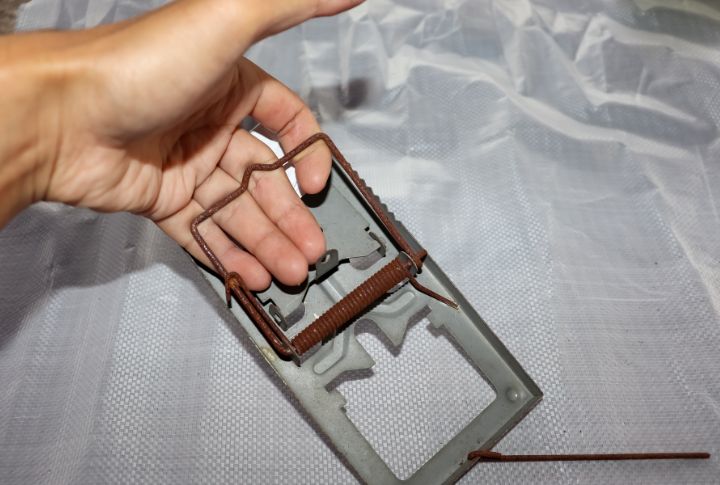
High humidity levels can affect the condition of the hook. Moisture can cause it to spoil faster, reducing its appeal. Additionally, humidity can affect the performance of certain kinds of glue, which may become less sticky in damp conditions.
Lack of Persistence
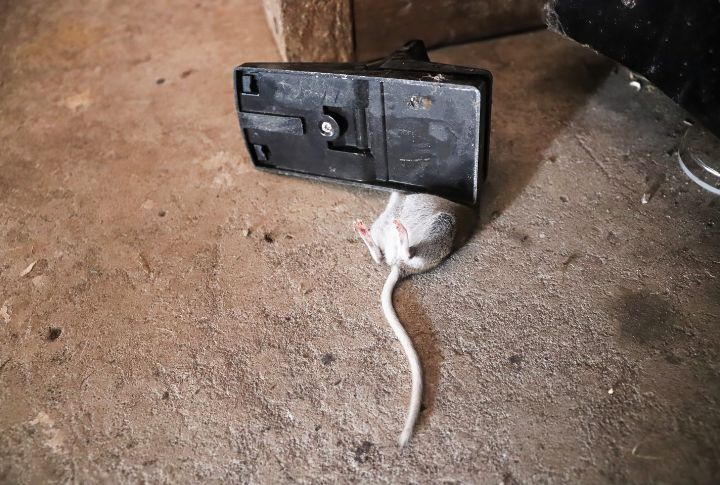
Setting an ambush is not a one-and-done solution. Trial and error are often required to determine the most effective type and location. Although they may be initially wary of unfamiliar objects in their environment, consistent clutching efforts can gradually break down their defenses and increase their likelihood of being caught.

Comments
Loading…